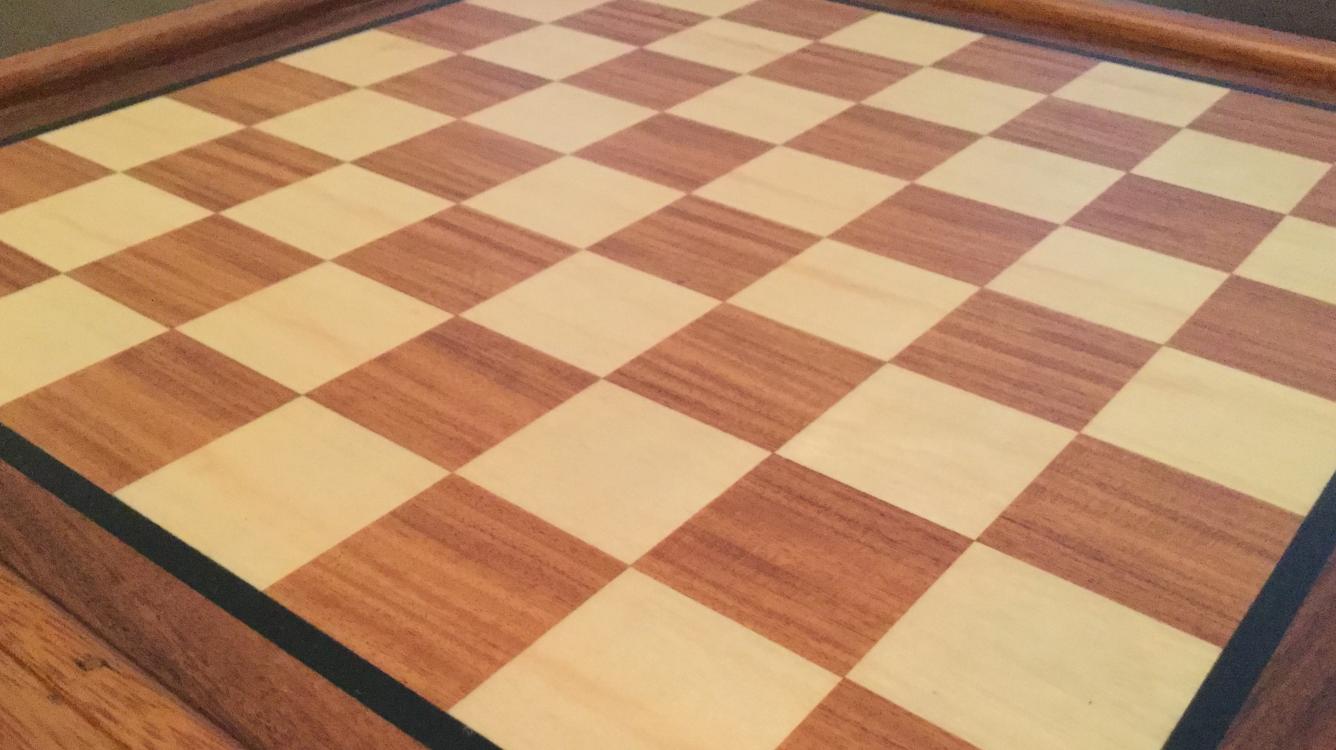
5/16/17 - Small Breakthrough!
The book was interesting purely from a storytelling perspective, but as far as a treatise on how to play blindfold chess, there was not much there. Koltanowski states that he owes a lot to having a photographic memory at a young age, and then being bedridden for 2 years as a child and continuing to work on his memory.
There were, however, 2 major takeaways: Firstly, he visualizes the board and discerns light and dark squares in the exact same manner as I did (splitting the board into quadrants). Nice to see that I was on a good track as far as that's concerned. Secondly (and more helpful), is that his method was to repeat all the moves of a game to that point in his head, before making the next move; he would do this until the game was completed.
This runs in-line with a change in my strategy that I was considering. In the games I've tried, I tried to chunk an opening together, and was moving way too quickly from there. Instead, I'm going to try to slow down, spending a larger chunk of time each move to commit all moves and the position to memory.
In addition, another recommendation I found online said to think through the reasons for the move, the character of the position, and how it changes the position. I would think this would solidify the position in my thinking. For example, knowing that a bishop is attacking the castled position's h7 pawn would remind me that there are no pawns along the b1-h7 diagonal, that the light-square bishop is somewhere on that diagonal, and that the black position is castled king-side.
Returning to the book, the author said that it took him an embarrassing childhood moment, followed by 2 weeks of intense practice and study to play a blindfold game consistently, and I'm only a few days in, so no pressure ![]()
W2/2, 9/10, B+1
Btw, how did I not know that the chess.com app has a blindfold-pieces theme? Haha
Slow and purposeful was incredibly helpful, though I started to get in trouble at move 10. All the moves were easy to remember up to that point, but when trying to analyze the position, it was taking several minutes, which was fine, because I was at least remembering accurately. Afterwards, I switched the pieces back to visible, saw that my memory of the position, while time consuming, was accurate. I analyzed while visible, switched back to invisible, and the next handful of moves were a bit difficult again, but doable. I did this three or four more times over the next moves before feeling my brain explode ![]() The flurry of captures were actually very easy to remember, but in the aftermath, I must have gone too quick, and that's why I lost the position. Still, I'm encouraged and feel like if I keep this up, I should have the goal in sight!
The flurry of captures were actually very easy to remember, but in the aftermath, I must have gone too quick, and that's why I lost the position. Still, I'm encouraged and feel like if I keep this up, I should have the goal in sight!
Also btw, while keeping track of rest and meals and everything would be helpful if I was doing a research paper, I have a fairly good sense that I know when I'm feeling up or down, so I'll likely stop tracking those little numbers. Of course, I'll try to keep up with my findings and thoughts as I go.
Holy cow! It took HOURS and several rechecks of the position, probably every other move at one point, but I completed my first partial game! Ha I won't say it was pretty, or that I have achieved the goal, not by a long shot, but to be able to do this, even as heavily assisted as it was, seems pretty crazy to me. Haha I have a headache...